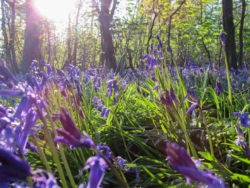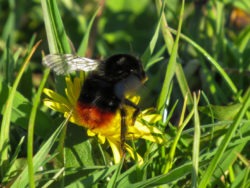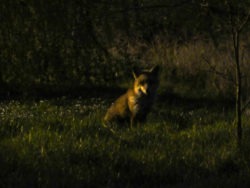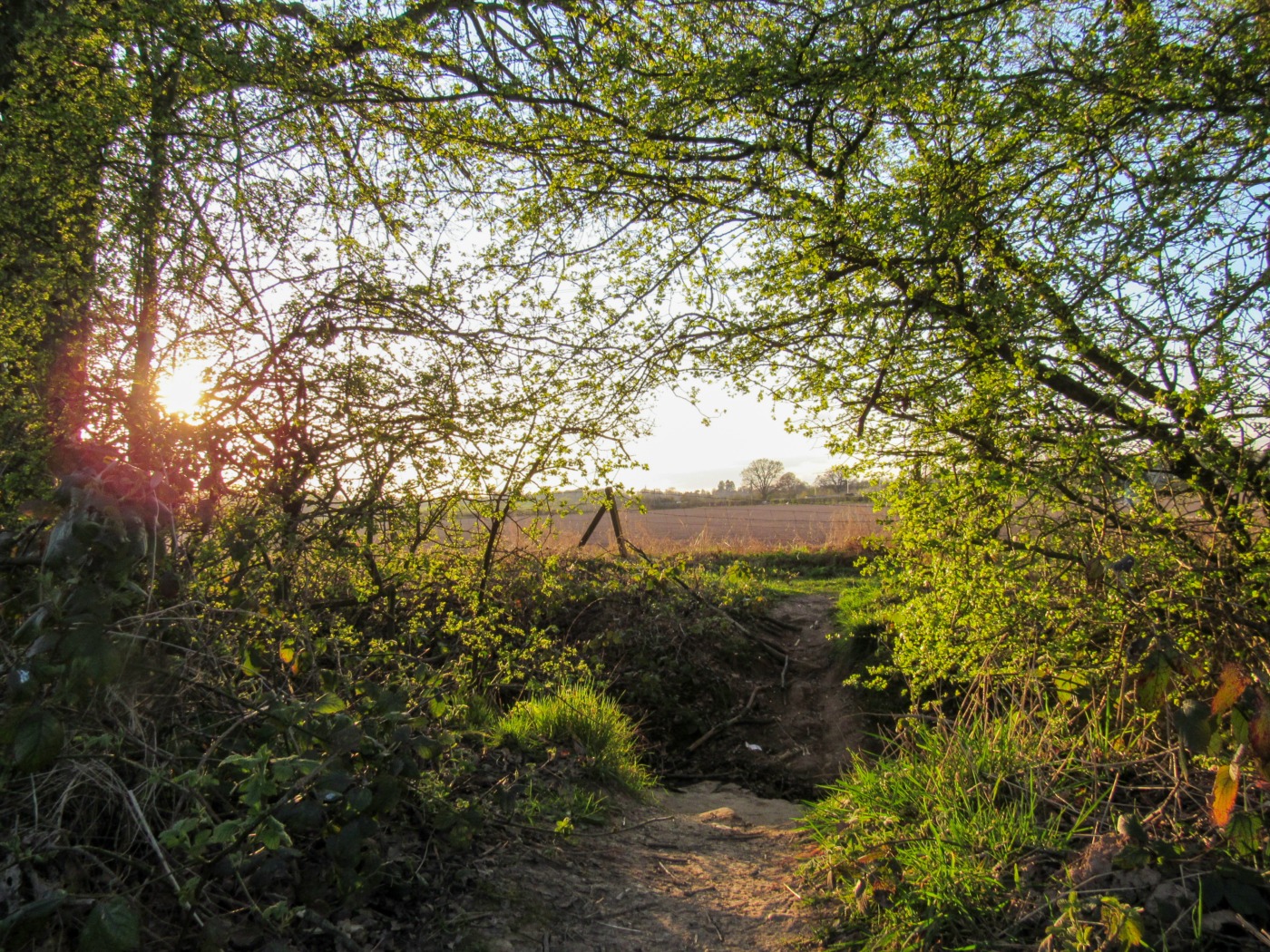Wild Warwick: taking a stroll through campus during lockdown
As part of her ongoing Wild Warwick series for The Boar, Betty Sands takes a stroll through campus, documenting the local wildlife during lockdown.
Since lockdown, we have all been living in a weird sort of limbo. Term 3 may be cancelled, however if you’re still on campus, there are plenty of things to see. The grass is snowy with daisies and the swifts and swallows have arrived for the summer. From Lakeside, you can see the arrow-shaped swifts alongside the house martins catching bugs in the air where the martins nest. So, wherever you are in the world, join me on a virtual stroll through campus.
I’m starting this walk on main campus and heading down towards the medical school. This path is lined with chestnut trees, you can see squirrels here and the occasional green woodpecker as well as tiny long-tailed tits hopping between the branches, squeaking as they go.
The grass is snowy with daisies and the swifts and swallows have arrived for the summer
Watch out for geese at the lakes. In the right-hand lake, there is an island where the greylag geese have been nesting; they look a bit different to our more common residents, the Canada geese, look out for their orangey beaks. The geese will be parading their goslings by the time you read this, try to give them some space as they can be anxious parents. You might also spot a stately, white egret hiding in the trees there. Walking uphill on the path between the woods you can see the last of the bluebells in bloom. Listen out for birdsong – there’s so much to hear! Far more songs than I can recognise, though commonly you’ll hear the robins, blackbirds, and dunnocks singing. Later on, you can often hear tawny owls calling to each other.

Image: Betty Sands
Once you’re finished with drifting about here, head back to the lakes and turn right along the path on the far side. Cross the road into the sports fields opposite and walk along the bottom into the next field where there is a path along the bottom that leads into woods surrounding another little lake. I’ve seen swans, moorhens, coots, and the tiny, diving, little grebe in this lake and it’s really peaceful since it’s so enclosed. Moorhens and coots are black birds that can be seen swimming all over campus, the former has a red spot on the beak, while the latter has white. Soon they’ll be raising gangly chicks with outsized feet.
Listen out for birdsong – there’s so much to hear!
The path beside this lake crosses a little bridge, turn left here and cross the road to join the ‘Sustrans’ route which leads to the greenway. This path passes the now blocked off Diamond Wood and the HS2 railway development so things are changing here all the time. It’s quite busy here with cyclists and runners so I allow plenty of time so I can step off the path to stay distant from people.

Image: Betty Sands
When you reach the top of the little hill here, where there is a metal sculpture of some cyclists, there is a little circular walk on your right, around a field. There’s a lot to see here. I’ve seen yellowhammers singing in the trees at this corner and inside the field. There’s often a kestrel hunting here, hovering in a fixed pose, which will quieten the other birds. The dandelions in this field are attracting several bee species that are an attractive range of yellows and reds. There is a large tree between this field and the one further along the main path, in which green woodpeckers seem to be living. They are noisy birds, both drilling and screaming frequently.
My best tip for spotting anything in nature is to stand still
You might be lucky when passing this next field and spot a skylark. They nest on the ground and try to lead threats away from their nest by flying into the sky and floating back down while emitting a series of machine-gun-like chirps. You can follow this path on to Kenilworth but the Greenway is quite busy at the moment. On the way back when you re-cross the road near the enclosed pond, follow the main path here leaving the pond bridge to your right and you will end up at a crossroad of paths below the sports fields. If you’re here at dusk you can often see foxes creeping across the fields, especially near the cricket hut. Following the path onwards along the bottom of the fields, you will end up at a gravel path next to a forestry yard. From here on at the end of the day and if you’re quiet, you have a good chance of spotting the very small muntjac deer and foxes crossing the path. Behind and just beyond the sports centre where the path turns a corner, there are grey herons nesting in the treetops and at the end of the day they make an assortment of dramatic squaking sounds. If you leave the path here to the road on the right, you can cross the new carpark and end up back on main campus, or you can walk below this path to cross through the lakes at Lakeside.

Image: Betty Sands
Lockdown has given many of us the opportunity to explore our local wildlife. My best tip for spotting anything in nature is to stand still. I challenge you to pick a spot or two on your walk and stay still for ten minutes just listening and taking in your surroundings. If nothing else, it will be very relaxing!

Comments